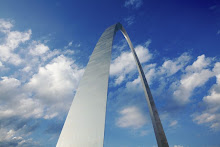There have probably been ingredients and dishes throughout human history that were remarkably delicious or healthy, but without a confluence of events to bring them widespread attention, they just faded into obscurity. When the fates align, however, something can burst onto the scene and stay there. Cold cereal might have just sat in the realm of religious zealots, but with advances in marketing and technology, it had no problems catching on nationwide. You'll recognize the last names of a lot of innovators of cold cereal, from Sylvester Graham (Graham crackers and granola) to the Kellogg brothers (Corn Flakes) to Charles William Post (Grape Nuts). Far from concentrating solely on business, these men were wholly convinced that their cereals, in concert with a regimen of high-grain diets and Christian morality would solve a host of ills, from dyspepsia to masturbation.
The cereal was prescribed almost like medicine, and it's not surprising that people who ate more grain and less fatty meat for breakfast probably had improved health outcomes. Plus, cereal was a lot more affordable than the heavier breakfast offerings at the time. Combine that with the rise of train travel to spread the message, the reduced cost of print advertisements, and the inception of the first grocery chain, and cold cereal's placement in the pantheon of American food was solidified.
It's hard to imagine an American household that doesn't eat cold cereal. I'm sure I've tried dozens of different ones over the course of my life, and there's usually at least two boxes in the pantry. We weren't allowed the super-sugary ones as a kid, and I think that was ultimately the right choice. Sure, when I went off to college, I went crazy for a while for the ultra-chocolately ones or the marshmallow ones. Now that I'm a cereal-buying adult, though, I'm back to the granola and fruit/nut flakes. The Kellogg brothers would be so proud of me for that. Probably not for other parts of my life, though.

















0 comments:
Post a Comment